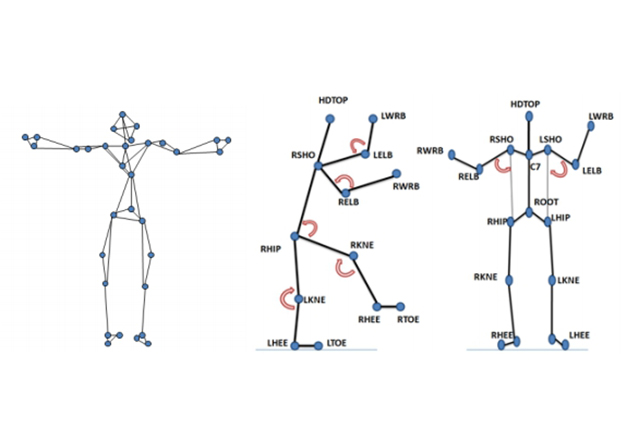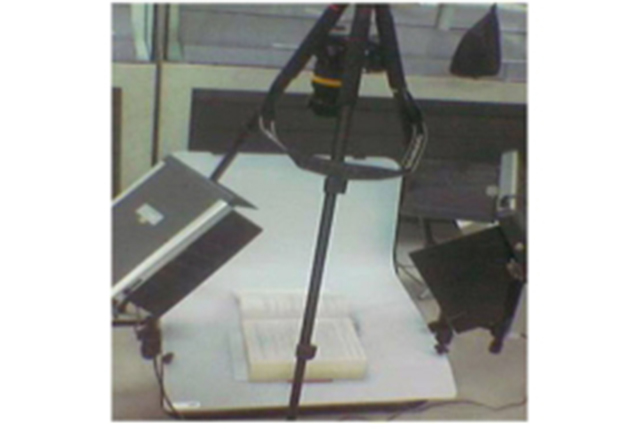AUTHORS: Worawat Choensawat, Woong Choi and Kozaburo Hachimura
ABSTRACT: A similarity retrieval of motion capture data has received substantial attention in recent years. In this paper, we focus on feature extraction and quick filtering methods in the similarity retrieval system. A representation of motion capture data is joint angles, which can distinguish different human body poses. We propose a new technique for dimensionality reduction based the average and variance of joint angles. Our dimensionality reduction is simple to










